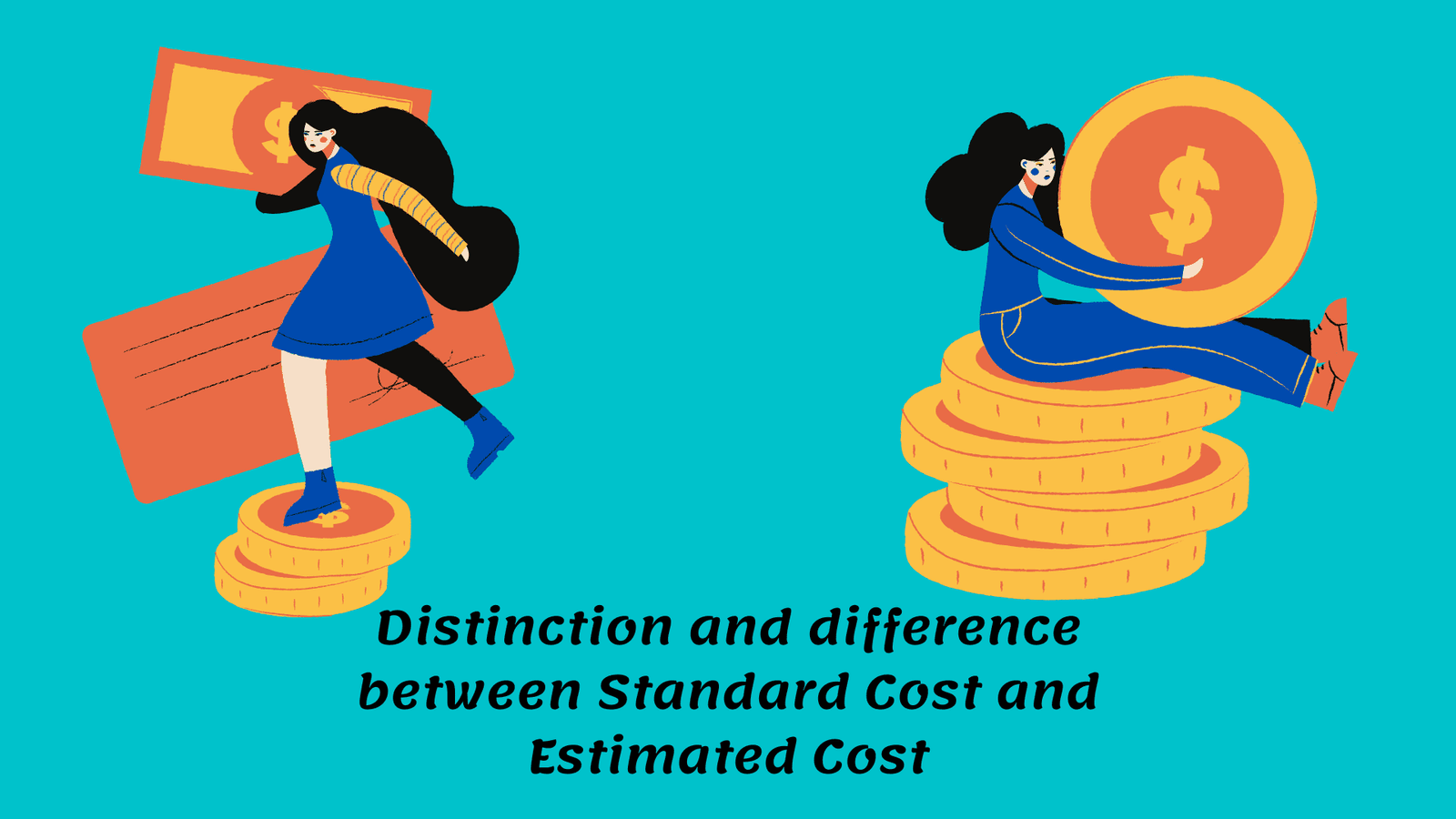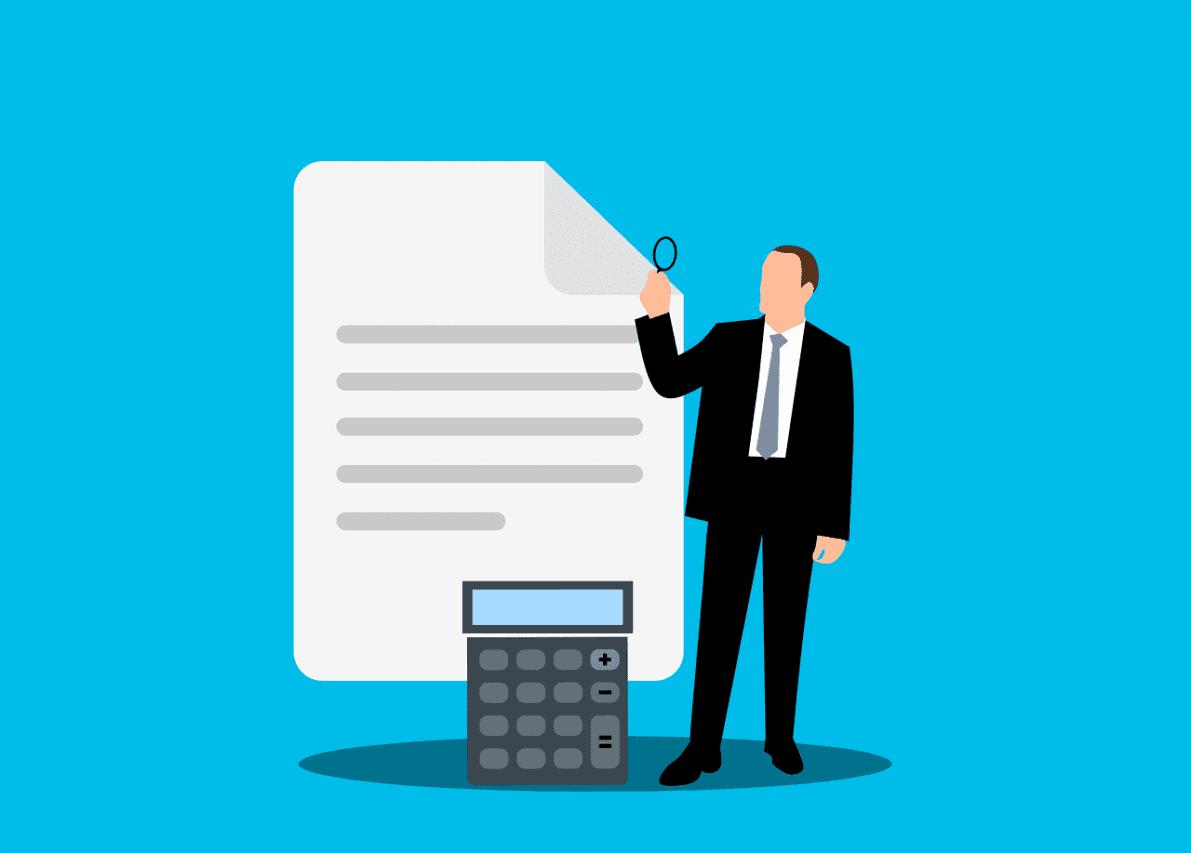Modern Management Accounting; Over the last two decades, managerial accounting has developed as a practical tool for executives and as a topic for academic education and research; Thus, managerial accounting states that “It is the process of identifying, measuring and communicating economic information that enables informed judgments and decisions of information users”. Managerial accounting plays a very important role; where it gives the manager enough time and relevant information and sets goals, monitors performance; and systematically improves the efficiency and effectiveness of the organization in achieving goals. . within the organization.
Here are the articles to explain, Modern Management Accounting Discuss, Definition, Role, techniques, and TQM!
To bring our history of management accounting closer to date, developments since 1975 have identified an information and reporting system that affects individuals. Although managerial accounting developed in the fourteenth century, with the principles of financial accounting and bookkeeping, business accounting and small business owners did not practice it before the Industrial Revolution. In the nineteenth century, new accounting methods developed when entrepreneurs began hiring people on a long-term basis, investing capital, and introducing more complex technologies.
Definition of Modern Management Accounting;
“Critically discuss the role of modern management accounting and the extent to which it shapes, or is shaped by, the changing organizational and global context within which it is practiced”.
“Concerning relevant literature, critically evaluate the effectiveness of Three recent developments in management accounting techniques, within specific organizational or national contexts of your choice (e.g. Manufacturing or Service Sectors, Advanced or Emerging Economies)”.
Concerning the relevant literature, there have been few recent developments in management accounting techniques within the manufacturing and service sectors. The practice of modern management accounting is different from traditional accounting. The recent developments enable managers to make sound decisions to minimize cost; as well as at the same time add value to the products and services by improving the quality of products; which is required by the customers and reducing waste.
However, the pendulum swung in the other direction over the next decade as an effect of new “Techniques” in the management accounting area. Activity-based costing (ABC), Just-in-time (JIT), and Total-quality-management (TQM) have been developed to update the traditional accounting model so it adequately reflects today’s manufacturing environment.
Role of management accounting;
The relation between accounting and management has been commonly expressed by the phrase, “Accounting is a tool of management”. Accounting practice has developed in response to a changing business economy. Because of these changes, effects have been made to clarify, redefine, and seek acceptance of accounting doctrine and practice.
Management accounting systems (MAS) are recognized as providing a most important source of journal information in organizations, a source of power deriving from the possession of that information, and a means for distributing that power and managing the organizational system.
The direct impact of organizational changes on the different roles of management accounting is difficult to measure. The changing role of management accounting becomes evident through the substantiation of management accounting. Pointed out that the role of management accounting consists of;
Direct attention:
This means providing full information to specific situations e.g. Where the problem occurs, and who creates a loss. In the highly competitive market, this role alerts the manager about competitors’ information such as their strategy, and new products.
Keeping the score:
This role aims to answer the questions: how much and how many. (How much implies those things is related to allocation and the share of costs within the whole organization, and how many refers to the number of inputs that will be used). In strategic management, the answer to those questions may be extended; such as how much the market share, is and how many compared to the competitors.
Solving the problems:
Management accounting is a good channel for managers to provide the nearest relevant methods for solving the subsisting problems. Due to M/A, the manager can collect all detailed information about the problems such as what causes them, and when it starts and then based on that information, several answers will be provided and the task of a manager is to choose the most appropriate one.
Comparison of Traditional and Modern management accounting;
During the 1950s and 1960s, accountants gradually discovered that product costs; which had been constructed for financial reporting purposes, were being taken seriously by operating executives. In the late 1960s and early 1970s, management accounting thought developed that attempted to subsume the two previous approaches into a broader conceptual framework.
Historical and contemporary studies of accounting have shed light on the diverse ways in which accounting has been and is been implicated in a wide range of activities and social arrangements. Accounting cannot be understood simply concerning its supposed functional properties because it stands implicated in shaping its context.
This said much of the evidence to date suggests that, in practice, traditional management accounting techniques remain popular. However, it appears also that such traditional techniques stand used alongside new and ‘advanced’ accounting techniques, such as ABC, JIT, and TQM.
Management accounting stands used to help managers make solid business decisions. Because of the revolution in management accounting, both the smallest corner stores and largest multinational organizations start their innovation in their accounting perspective.
Successful organizations adapt to changes in their environment and proactively change their environment. Management accounting should help organizations recognize the need for initiating change and suggest the appropriate response to an environmental change.
Change in Global/ Organisational context and management accounting;
Since 1975 important changes have taken place in the context of political, economic, and social settings. Management accounting faces a few challenges over environmental changes as well as an internal process within organizations. Therefore, management accounting must respond to these changes by adopting new techniques and concepts.
The measurement of costs:
By using modern management techniques, the value and profitability of information services can generate.
The birth of “hybrid” accountants:
As a result of new forms of organizations and requirements of strategic management accounting (SMA). SMA links performance measurement systems with corporate vision and strategies.
Open-book accounting:
These techniques are an important part of outcome control measurement for companies in inter-organizational relationships; which are another result of increased globalization.
In discussing the nature of settled habits of thought and action Hodgson, defined habits as more or less self-actualizing dispositions or tendencies to engage in previously adopted or acquired forms of action.
A strategy of change provides a critical appraisal of current ideas about “organizational culture“, “total quality management“, “flexibility”, and “excellence”. Dealing is an integrated way with the full spectrum of survival in today’s changing environment.
Characteristics of manufacturing and service sectors;
Much of the literature on international business has taken on a manufacturing perspective. The recent literature has paid attention to the internationalization of service firms.
Characteristics of service production.
- Intangible output.
- Customized output.
- Labour intensive.
Manufacturing Orientations in Service firms.
- Physical goods as a component of a service package.
- Manufacturing logic in back-office service operations.
- Deprofessionalization of service production and delivery.
Service Orientations in Manufacturing Firms.
- Component of the product.
- Element of product strategy.
Characteristics of manufacturing production.
- Tangible output.
- Standardized output.
- Technical care buffered from the customer.
The conflict between manufacturing and service sectors.
The center box exhibits orientations among manufacturing and service sectors. Also, The right box exhibits the features of the manufacturing firms and the left box exhibits the features of the service firms. Manufacturing firms, particularly those with diversified product lines, have a good deal more flexibility and control than extractive investors; they may be able to exercise considerable choice in their response to host country demands.
The continued growth of service sectors in almost all the developing economies has fascinated and occasionally alarmed economists and other observers. Why is the problem more serious in some of the service sectors? Partly it is a data problem, importantly, it is a conceptual one. Both manufacturing and service company managers need operational control systems that will enhance the cost-improvement, quality-improvement, and process-time reduction activities of their employees.
Management accounting techniques:
The following Three techniques below are:
Activity-Based Costing (ABC);
“Activity-based costing is a method that is projected to provide managers on cost information for strategic and other conclusions that potentially affect the capacity and therefore fixed costs”.
Benefits related to activity-based costing (ABC) are many. In ABC, the aim is to understand the overhead and profitability of the products and customers. ABC works mainly in the large cost drivers related to a decision to be sure of or a process being studied.
In developing countries, the manufacturing industries started adopting new techniques, to maintain the relationship between market development and technological innovation to archive long-term success. Seemingly, ABC developed as an accounting technique to provide applicable information for advanced manufacturing firms producing various products in a competitive environment.
Whilst the thoughtfulness, ABC as yet focused on manufacturing firms, ABC can be useful to a few service organizations. There are few very disputes among the manufacturing and service sectors. Manufacturing firms execute similar types of activities; however, there is a slight similarity between the activities of an insurance firm, a hospital, and law firms. The service sector is less tangible and, harder to define.
In developed countries like the UK, when the survey of ABC took place for nearly 1000 companies, the result indicated that even after adopting ABC; it has stood rejected by a healthy number, and the majority of the companies have to still decide on its use.
As cost driver and ABC concepts improve the measurement of costs and allocation of information for service departments within manufacturing firms, service firms such as accounting/law firms could also use cost driver and ABC concepts.
Just-In-Time (JIT):
“JIT is a process which is capable of instant response to demand without the need for any overstocking, either in exception of the demand being forthcoming or as a result of inefficiencies in the process”.
Under certain circumstances of the JIT concept, a company maneuvering a JIT system would buy only enough raw materials each day to meet that day’s need. JIT manufacturing scheme calls for making a good or service only when the customer, internal or external needs it. JIT manufacturing is simple in theory, however, one had to practice. ”Keeping everyone busy”, is another characteristic of conventional manufacturing.
JIT has many advantages, for eg,
“An American standard uses cell manufacturing to cut inventories and reduce manufacturing time. The result is a breakthrough in speed. Manufacturing a pump now takes six minutes than two weeks”.
JIT production process and the manufacturing effectiveness ratio for manufacturing operations apply to service companies too. The service delivery process is even more important than in manufacturing companies. Eg. In the banking industry, the process of gaining approval for a mortgage on a house that we like to purchase needed 26 days, and after applying the JIT process they just need 15 min.
Total Quality Management (TQM):
“TQM is the most popular approach to a continuous improvement. Its major characteristics are to focus on serving customers and the systematic problem-solving team made up of front-line workers”.
A few thousand companies have existed involved in TQM and similar programs. For a business, the major driving force is the element of competition. The competitiveness of suppliers stands determined by the quality of its product or services. Most manufacturing companies adopt TQM, either to improve the work atmosphere for the employees or to help improve the profits of a company. “Penril Datacomm is a Maryland designer and producer of data communications equipment. Before TQM the defect rate of the company was high.
Applying TQM techniques resulted in an 81% decrease in defects, an 83% decrease in failures, and a 73% decrease in first-year warranty repairs”. The concept and tools of service began with Thomas Peters and Robert Waterman’s “In Search of Excellence”, to achieve customer satisfaction, service companies such as Disney Corporation and SAS Airlines adopted TQM. TQM in education as a business is difficult.





















